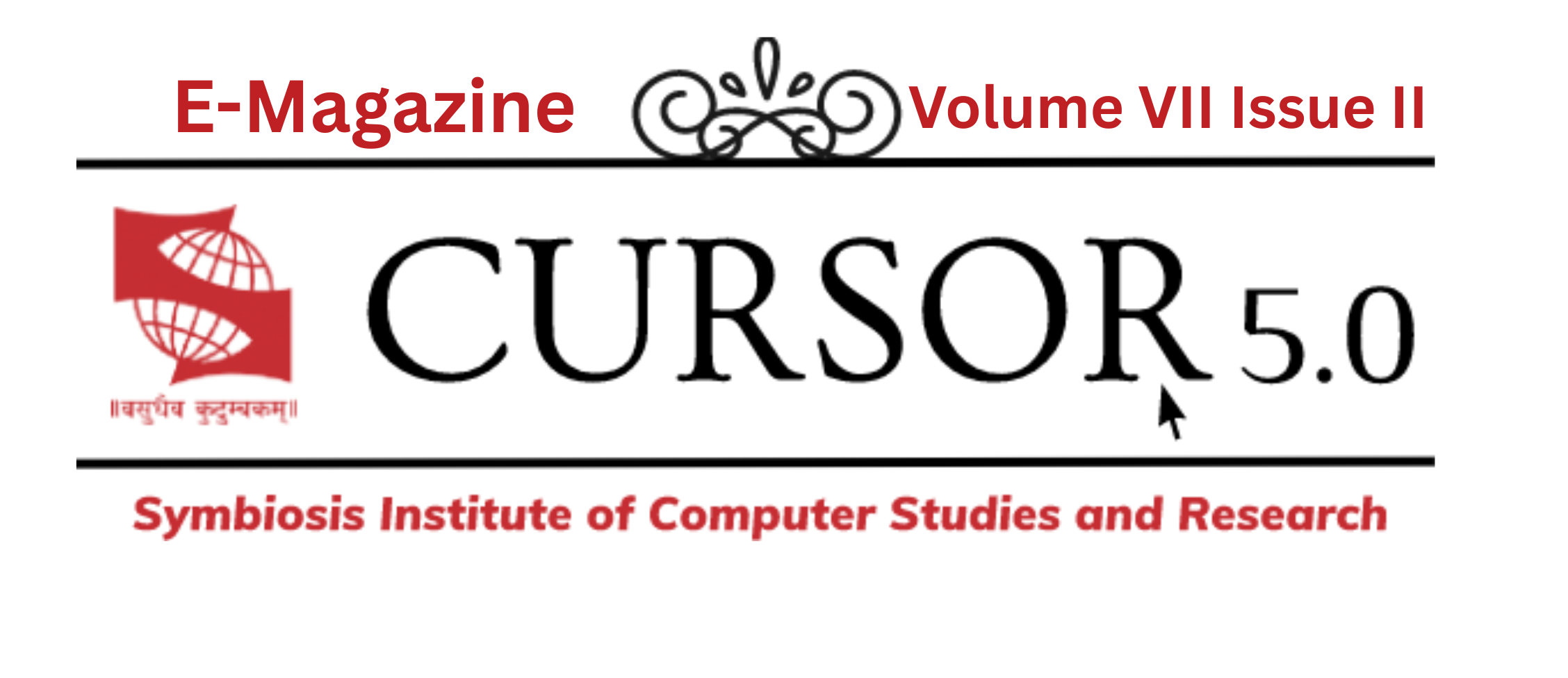
“India's 86 Lakh Vaccine Doses In A Day Is Not Highest Record Across the world.”, A false claim. With the onset of the second wave of Covid-19, India went under Lockdown again. The country opted to abandon its pandemic strategy and focus on mass vaccination. This strategy failed to stop the outbreak and it is now time to reverse it. Until herd immunity is achieved, private hospitals must continue acting as agents of the state, and impose only a limited markup on the stock they’re given free from the national pool.
Starting May 1, the Great Indian Vaccine rollout will cover millions of people in the age group of 18-44 years. The priority then shifted to the healthcare workers and the frontline workers. Turn of those over 60 years of age who were most at risk of contracting the pandemic came. The demand for the vaccines started to outstrip the supply. Officials defended themselves by claiming that India had inoculated over 143 million people, which is more than the number of days taken up by the US and China. However, the reality is that only 50 percent of the population has been vaccinated. More than 60 million senior citizens have been covered by the polio vaccine since it was introduced in April.
The second Covid wave, which hit the country at the same time, brought a slew of problems. It unnerved the central and state governments, which were already struggling to contain the outbreak. The criticism that the Narendra Modi government received was due to the slow pace of the vaccination program and its export of vaccines that could have protected its citizens. From May 1, those above 18 years of age were able to get the pandemic vaccine. The country needs about 1.8 billion doses of preventive medicine. As the pandemic began to gain momentum, the governments of India and other countries were faced with an unsatisfactory situation. So, Prime Minister Narendra Modi stepped up efforts to boost the production and delivery of vaccines. To boost vaccine production, the Narendra Modi government has decided to allow the import of vaccines made by foreign manufacturers, including Russia's Sputnik V. Both firms needed to raise their share by July and August respectively to meet the demand. The companies have been asked to raise their share by selling a fixed amount of doses. To address the shortage of vaccines, state-owned laboratories and clinics will supply another 50 million doses of Covaxin in August. Dr. Reddys also planned to import finished vaccines once the price is fixed, reports IANS. It is important that the majority of the population gets the vaccines as soon as possible, says Dr. Jayaprakash Muliyil.
Distribution challenges
Zydus Cadila planned to raise its annual production capacity to 240 million doses, which includes 120 million doses in-house and the rest from contract manufacturing companies. Under the new strategy, which came into effect on May 1, the Centre and the states got 50 percent vaccine production from domestic producers. The remaining half goes to the Centre. A comprehensive plan for the vaccine's rollout was in the works, but the details such as the right temperature for the vaccine and its utilization were still not finalized. The Centre has allowed states to distribute vaccines through decentralization. This will enable people to get the vaccines without paying for them. To be successful, all stakeholders must work together to ensure that the entire population is inoculated. The planning and controlling the flow of vaccines to the right places will pose a greater challenge to public health experts than the cost of the drugs. Several states, including West Bengal, Bihar, and Uttar Pradesh, have announced free vaccines for infants up to age 44.
Pricing problems
Analysts say the move is a political ploy to shift the blame for the lapses in implementing the Centre's plan. They also believe that a coordinated inter-state mechanism is needed to ensure that vaccines are distributed among states according to the severity of the pandemic. The Centre's bridge funding is essential to ensure that states can procure vaccines without resorting to the diversion of their funds.
As per the Centre's decision, private health utilities will now be allowed to charge as much as Rs 600 per dose and Rs 300 to the states. Critics of the private market for vaccines also point out that many countries don't use them and provide them for free to the public in the context of a pandemic. For vaccine-makers, the differential pricing is justified since they spend large amounts of money on R&D. It is also beneficial for them since they can charge a higher mark-up than the cost. Public interest groups have questioned the high prices of vaccines when the money is being used to boost production. On their part, the vaccine producers say that their prices are the lowest globally.
Krishna Ella, managing director, Bharat Biotech, says that the company's Covaxin-based vaccines are highly purified and require low process yields to produce. The public has been asking why the taxpayers should pay high prices for vaccines when the government is spending its money to increase the production of vaccines.
All costs of product development, manufacturing, and clinical trials were mainly borne by the company.
GOVERNMENT'S CHANGE TO VACCINE POLICY
Prime Minister Narendra Modi announced that the Centre would no longer share responsibility for the country's vaccines program with states.
The federal government now purchases 75% of the vaccines manufactured by private firms. This means that the state governments will receive the vaccines for free.
It means that states and territories will now receive their allocated doses based on the level of disease and vaccine wastage in their respective states. India has administered a total of 235 million doses of vaccines since January. The drive, which began in January, is aimed at immunizing the country's adult population.
June’s Covid vaccine quota to be 120 million after 79 million in May
Around 120 million doses of vaccine will be made available for the Covid-19 program in June. The remaining doses will be given to the states and union territories for the benefit of the healthcare workers and people above 45 years of age. In June 2021, around 120 million doses of Covid-19 vaccines will be available for the country's immunization program. The Ministry of Health and Family Welfare, however, did not share details of the total number of doses allocated for June. Vaccination is an important step to prevent a disease from spreading, especially among the country’s most vulnerable population.
Nearly 23 crores vaccinated, 3 crores infected, only 16 lakh cases at present. India, at the moment, vaccinating one Qatar per day. Hopefully from June end, India will vaccinate one New Zealand per day and one Israel per day by July. India vaccinated one Canada in the first half of May, In the entire May, India vaccinated one UK. Hopefully in July India will vaccinate one US. The Indian government has pledged to vaccinate all adults by the end of the year, a target many experts say would be difficult to meet at the current pace. Indian vaccines are the cheapest in the world and India is very few countries in the world to have a vaccine of our own. Seeing Surroundings, India hopes to be vaccinated as soon as possible.
References:
• Andy Mukherjee, In a nation of inequalities, India's vaccine strategy is bad economics, Bloomberg Opinion, April 27th, 2021 21:17 IST.
• Mohamed Zeeshan, India Must Rethink Its Pandemic Vaccination Strategy, The Diplomat, May 19th,2021.
• Rohan Venkataramakrishnan, Why is India learning details of vaccination strategy from Adar Poonawalla and not the Centre? Scroll.in, April 23th 2021 09:00 am IST.
Illustrations By Tanishq Nakra



